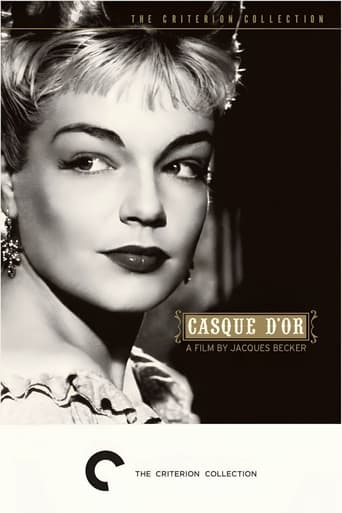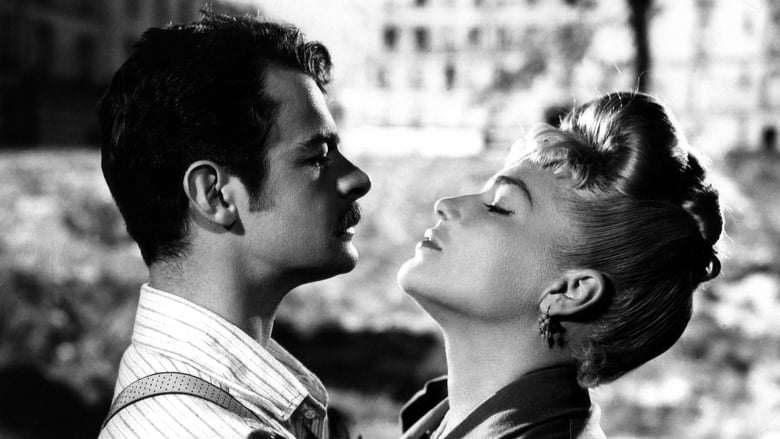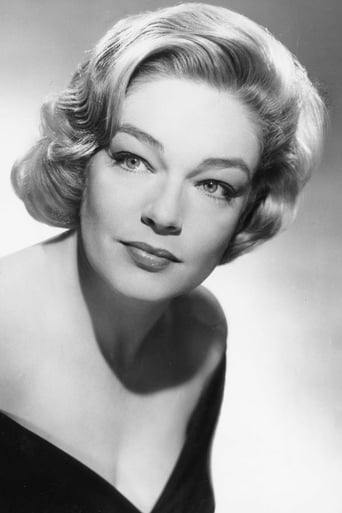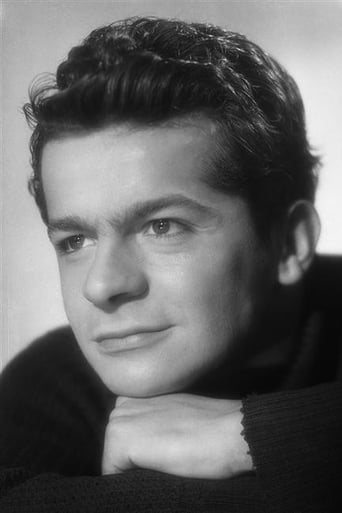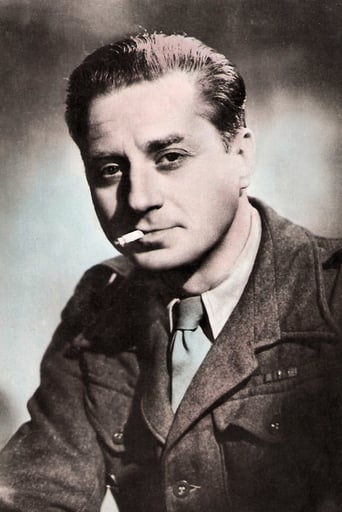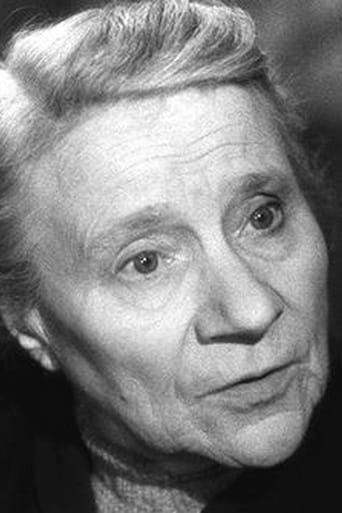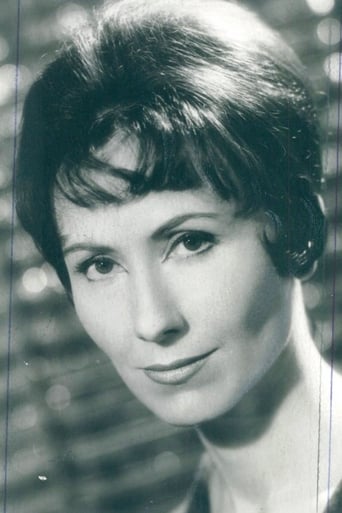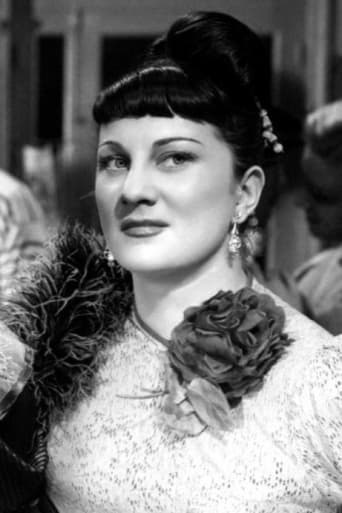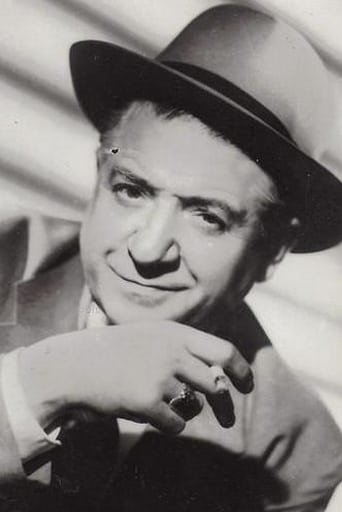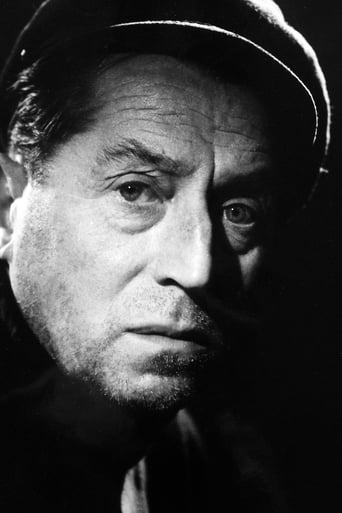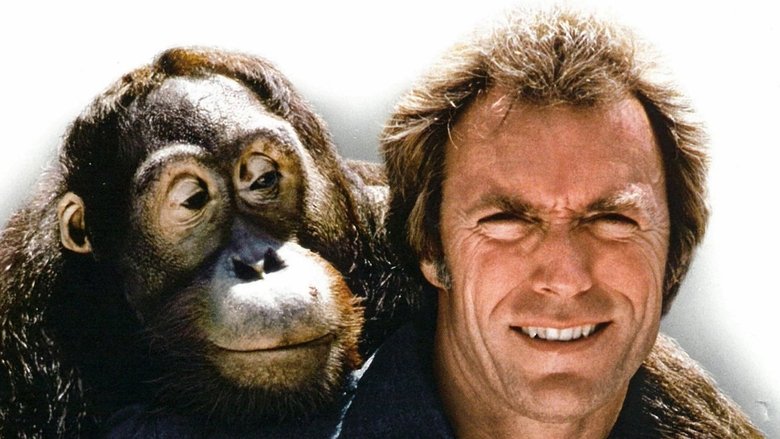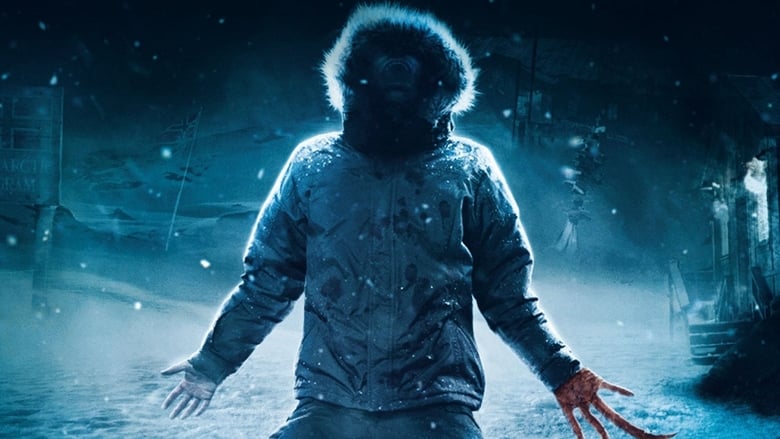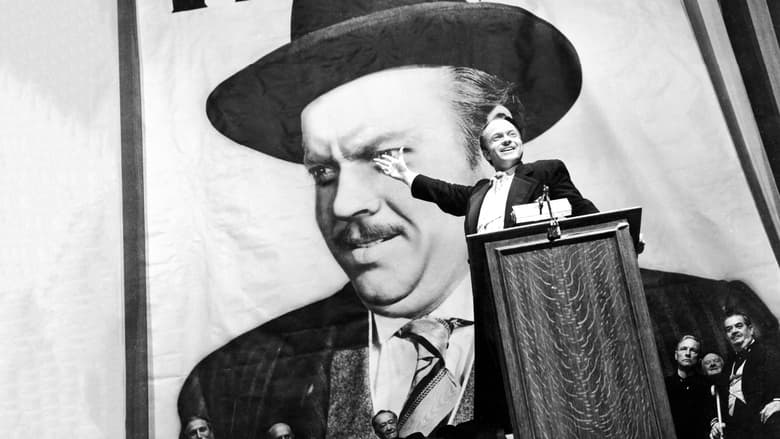At the end of the 19th century, during a ball in Joinville, on the outskirts of Paris, Georges, a former delinquent working as a carpenter, meets Marie, a young woman connected to a criminal gang.


Similar titles
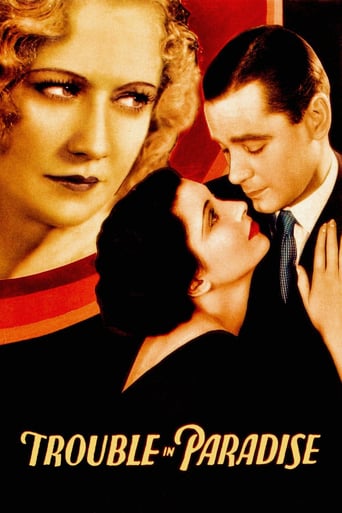
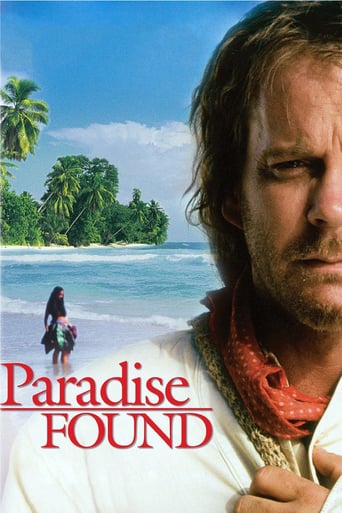
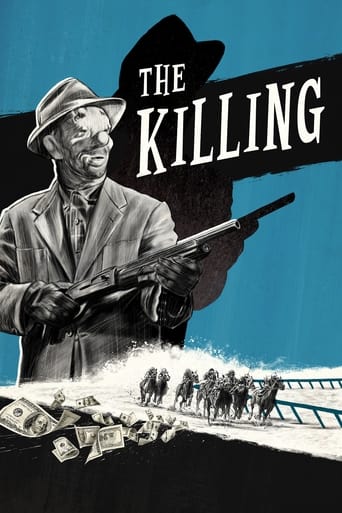
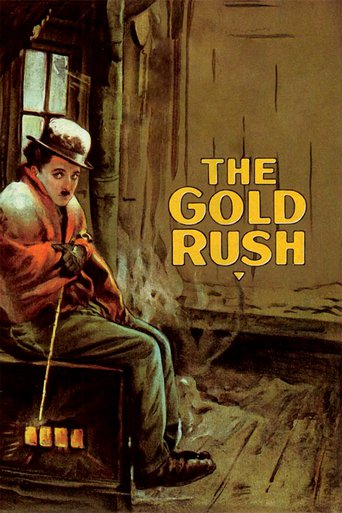
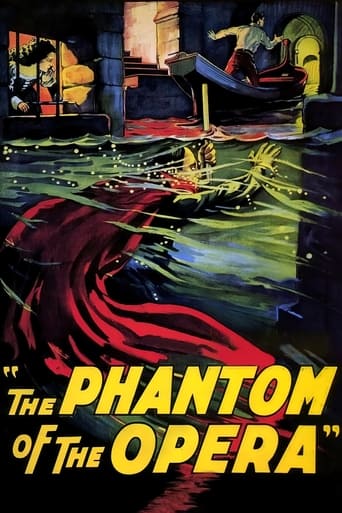
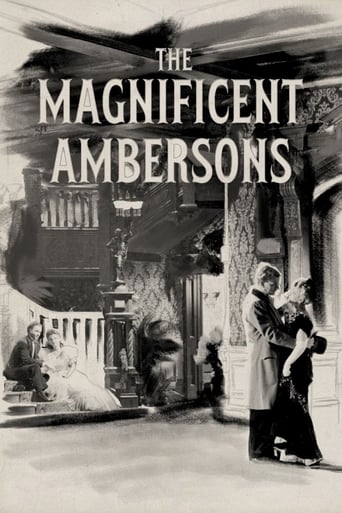
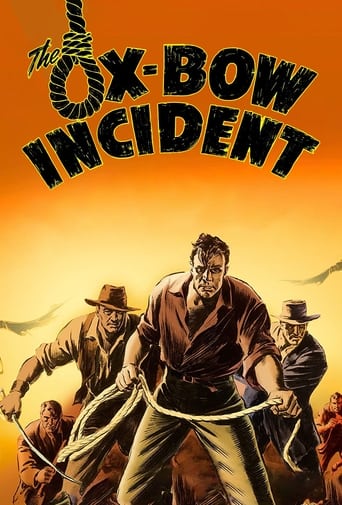
Reviews
"Casque d'Or" has long been an underrated movie and Jacques Becker an underrated director. When it came out, it was a complete flop in France. Criticisms revolved around the mismatching star couple (Simone Signoret was almost as tall as Serge Reggiani, and more corpulent), the simplistic love story, minimal psychology and tragic ending. It was reassessed years later, notably by the "New Wave" directors, and now stands as a masterpiece, the best film of one of the best French directors.The title literally means "Golden helmet", the main female role's nickname, after her blond hair. The movie is seemingly of the classic genre: image is black and white with a standard ratio of 4/3; the story is linear with regular pacing and no flashbacks; symbols are traditional (city versus countryside, interiors versus exteriors, the ill-fated café, the blind men at the end). However, this is only apparent. Image is exceptionally delicate, with subtle tones of grey, very sharp texture and extremely deep views. Psychology is condensed to emphasise form and other content: a modern feature. We could hence qualify the movie as the quintessence of classic cinema announcing modern form, a "meta-classic". Likewise, it is more than a brilliant reconstitution of late-19th century France: its story and themes are timeless.*** WARNING: CONTAINS SPOILERS ***The movie is structured around social milieus: criminals, prostitutes, workers, bourgeois, policemen. Each milieu has its own rules. You immediately recognise persons by their clothing: bourgeois criticise the prostitutes at the beginning; "don't wear a cap when coming to my place", Leca tells his men, etc. Criminals kill but do not betray. Prostitutes help each other. Workers do not take money if it is not earned. Symbolically, because Leca thought he could act above these rules, he will die: he has a cover-up work, he mingles with the police, he kills Anatole, he betrays Raymond, he breaks his promise to Marie.Milieus do not mix. When they do, there generally is trouble. Manda joins the group at the beginning: he fights with Roland. Marie meets Manda around his workplace: she is insulted by his fiancée. Manda goes to the café: he kills Roland. Anatole warns the police: he is murdered. The final murder of the criminal Leca by the worker Manda happens at the police station: three milieus are involved.In such an environment, the love story develops against the lovers' milieus. It is love at first sight, there is no explanation why they fall for each other, and it does not actually matter: what counts is their relationship and its consequences. Marie and Manda barely talk, which does not reduce, but on the contrary increase the strength of their relationship (although she does somewhat play with him at the beginning, maybe to test him).Social segregation increases the importance of windows and openings through which characters look at other milieus: Raymond looks at Manda working, the bourgeois look inside the café, the policemen look at Manda after he killed Leca. In this context of social postures, people intensely stare at each other. Gazes are crucial, more important than words. When Manda announces Raymond is about to die, looks immediately turn towards his best friend Paul. After Raymond died, the four criminals angrily look at Leca who goes away: without a word, we instantly understand Raymond told them about Leca's betrayal before dying, and so does he. Logically, the movie ends on a final important gaze: Marie specifically goes to a hotel to see Manda being executed. These are only a few examples, towards the end.Visually, gazing is articulated by formidable depth of field (we see sharply very close and very far, as in real life), frequent close shots (we seem to be part of the scenes) and frequent subjective shots (we see what characters see, notably Marie and Manda). We are hence immerged in the movie: we watch characters like they watch each other.This "in situ" viewing is reinforced by life-like elements: apparent simplicity of dialogues; strong presence of secondary roles, while the two main characters' dialogues are voluntarily reduced; collateral and seemingly pointless images (e.g. the memorable shot on the newly-wed in the church). All these increase the authenticity of the movie, yet transcended by superb image and direction, like artistic photos beautify reality.In this movie where eyesight is key, the ending is signalled by two blind men singing: this exterior element disrupts all-important gazing and tragedy unravels. Their famous song "Le temps des cerises" (the period of sherries) conveys a nostalgic message of short-lived happiness: it tells about summertime (that is brief) and love (that is gone); historically, it was an iconic tune during the 1871 Parisian revolt against oppression (that was crushed). Hence the song represents a transition between the beautiful hopes of the two lovers and the coming tragedy. This compelling allegory is reinforced by the repetition of the musical theme in different forms, binding the last scenes together in progressive culmination: the blind men sing, then an orchestra distantly plays off-screen, then a flute plays and ultimately the orchestra plays full-scale."Casque d'or", fundamentally, is a story about impossible redemption and happiness. We believe the lovers can succeed when they spend idyllic moments in the countryside, away from the violent city, close to where they initially met. However there is no escaping one's milieu. Marie thought she could give up prostitution, but has to go back to Leca. Manda thought he could avoid being a delinquent (he previously spent five years in jail) to become a worker, but kills twice and is executed. In parallel to the love story, the infallible friendship between Manda and Raymond also cross milieus; yet both eventually die.This tragic message and ending is somewhat smoothed by the movie's final image: Marie and Manda dance together, alone at last in the sunny open-air dance hall where they first met. They swirl to the background, as if fading in Marie's memory.
Casque d'or is an interesting, if somewhat overrated, Jacques Becker film about a love triangle amongst the seedier inhabitants of fin-de- siecle France.Unfortunately, little use is made of the turn-of-the-century setting. Whilst unusual to see a crime film set in this period featuring a nascent French branch of the mafia, the period detail does little to develop the story's themes. Perhaps its only point is to show that the fin-de-siecle was not the golden age many imagine it to have been but had, of course, just as much crime and despair as any other era.Simone Signoret plays Golden Marie, the object of the men's affections. An unlikable character, it is difficult for the audience to see just why they find her so attractive. This, and the fact all of the other characters are reprehensible, driven purely by self-interest, gives the film a strange estranging affect. One knows it is extremely well-made but one admires this film coldly, from a distance and feels little empathy for the plight of any of the characters.Like Golden Marie, we watch on coldly at the end as her lover is guillotined. Like her, we feel only the slightest tinge of emotion.Signoret's acting is effective. At times passionate and impetuous, at others her character's aforementioned coldness dominates. This unpredictability makes her an unsettling element amongst her otherwise- predictable mafia colleagues. Her impulsive change of dance partners in the film's opening scene foreshadows the "dance" she will take them all on as she inadvertently undermines the relationships between the gang members.Ultimately, this is an extremely impressive film but falls just slightly short of being one of the great masterpieces of French cinema. It is still highly recommended and remains a fascinating work of art.
This is one of the great classics of the French cinema from the immediate postwar period. The title, which means 'helmet of gold', presumably is a reference to the prominent bun in which Simone Signoret wears her golden hair, since it is she who precipitates all the dramatic and violent events in the story by driving men wild. The film is set circa 1900 in and near Paris, and the brilliant director Jacques Becker, who was a fanatic about period detail, has given us a vivid portrait of daily life in the suburbs of Paris, such as Belleville, at that era. I have rarely seen such perfection of costume, props, and sets for a period film. Sometimes it seems as if Becker must personally have supervised every stitch of thread in the clothing. The main characters are those low-life ruffians, or small-time gangsters, of Paris whom the French love to call by the name of 'apaches', a term derived from the Americans and their accounts of the supposedly wildest and most unruly of the American Indian tribes. The apaches (pronounced in the French style, 'layzuhpahsh') are a kind of national obsession to the French, perhaps even more so now that they are largely extinct, having been superseded by those far more extreme villains of our own time, international drug dealers and people traffickers, and terrorists. The apaches had their own peculiar codes of honour (such as shown in this story), whereas 'honour' means nothing to the more vicious criminals of today. The British used to be nearly as obsessed with their own native small-time gangsters, the London East End gangs, as the French have been with their Paris apaches. But just as nation states are being dissolved before our eyes, so too are the local criminal gangs of specific countries, and the quaint behaviour of such people seen in films like this is now an anachronism which is bound to be as remote to younger viewers as the thrashing tails of dinosaurs, and from an epoch perceived by them as being nearly as distant. It is an endlessly fascinating spectacle to watch this film, and savour the costumes, settings, and mannerisms of the time, which are so perfectly portrayed. The apache men, and indeed many ordinary workmen such as carpenters, all wear wide pale cummerbunds wrapped around their waists, beneath which rise the high narrow waists of their otherwise baggy and billowing corduroy trousers. They wear those pull-over shirts with buttons that only go half the way down, with broad and wide open collars and baggy sleeves gathered in at the shoulders. They are as careful of their appearance as they are of their reputations for villainy and violence. The head of a gang, Leca, played by Claude Dauphin, at one points tells one of his gang to stop wearing a flat cap, as it will give the gang a bad name with the neighbours! The film opens with a scene straight out of a Renoir painting, with three long rowing boats on the Seine upstream from Paris pulling in to the shore, the men wearing boaters, and their gaily laughing girlfriends all dressed to the nines for a Sunday out. They run giggling in to a quaint outdoors riverside 'bal', a restaurant with a small band where they can do what the apaches and their gals love best: dancing with passion and style. The dancing itself is a marvel to be seen. But then we come to realize that these are not ordinary young men and women, these are gangsters and their molls. And here, the mischievous flirtation of Signoret, the most glamorous of the molls, with a handsome young stranger, sets in motion the tragic events which then proceed to unfold with bloody inevitability. The young man she fancies is played with eloquent macho silence by Serge Reggiani. It turns out that he has previously spent five years in the same prison cell with a member of the gang, who is his best friend. This sets up various conflicts of loyalty and enhances the tensions. Signoret is an expert at portraying sensual intensity while holding her head high, what might be called 'the proud whore motif'. When appearing in a film, she can turn on the inner sexual incandescence with the ease with which someone of today can click a computer mouse. All that was required was for a director to say: 'Action!' (in French, of course), and the fire would flare up in her smouldering eyes and all actors in the film had better watch out. She never has pushed any buttons for me personally, as I have always found her too heavy, solid, and masculine, but then there are a lot of men out there who like that (as witness the strange preoccupation so many British males have with Judi Dench, and before her, with Glenda Jackson, and other such potential dominatrixes whose more feminine qualities always seem to be somewhat at the ebb tide, no matter how they may glower and try to convince us that they are female by the intensity of their expressions). I have always had the uncomfortable feeling that maybe Simone Signoret was really a man. I know that is ridiculous, and I confess to being in what must be an insignificant minority on the subject. But let no one imagine that she does not set the action on fire in this film, which she does aplenty. It is such a pity that only three films by Jacques Becker (1906-1960) appear ever to have had English subtitles added to them. He was a true master of the screen, even though the French have tried to keep him as their little secret. His son is Jean Becker (born 1933), another master of the screen who carried on the family's directorial tradition by making equally riveting and desperate films.
Casque d'or (1952) is a movie of infinite cinematographic science, skill, knowledge; not the average fine French '50s melodramabut an impressive work of art, a delectable achievement. It offers a lotas balance and charm. Its simplicity resides in the fullness of a great creation, of great poetry. Its value and poignancy lies, or resides rather in the execution, in the carefulness and skill of the montage, in the very advantageous craft.And this ,without being even for one moment decadent or ;the movie has the fullness of a true work of art. Notable are the balance, the tactfulness, the exquisite tone, the strength within the note of poetry. The core of poetry and creation is glowing in a story narrated with elegance and tact. Adequately filmed, it is also delightful on the other levelsas script, as acting .It is a very simple story of passion and betrayal and lust ,with common people and thugs as characters. I believe that the film was recognized from the beginning, in the '50s, as a The minimalistic style answers the needs of the taste; yet it's never ostentatious and unnatural, but necessary and adequate; adequacy, the formula for the successful approaches.It is as well made,less lyrical and far more coherent and striking than Port of Shadows .Its inherent limitations are obvious also,given with the subject and the approach,the orientation of the film.Yet on the other hand,this lightness beyond the words,the exquisite execution, the fluid style give Casque d'or (1952) the unmistakable charm and the complete propriety, adequacy of tone.It does not explore,like The Grand Illusion or Jeux Interdits,a wide spiritual universe,or highly differentiated inner realms;yet it treats with lightness and inspired tact a humble subject.This tact itself is marvelous,because it is the most adequate and useful.Henri-Georges Clouzot's Diabolique was a thing of a thrilling and frightful moral depth;Casque d'or (1952) finds and develops,in a manly and straightforward style,the immense poetry of an unpretentious ,even sordid subject.It does so with due limpidity and insight.Its virtues are as subtle as they are simultaneously obvious and unobtrusive.This mastery defines a style--an author's achievement.Its director was,like Charles M. Schulz and others in the popular culture, the expression and exponent of a civilization.As for the Mrs. Signoret, it is maybe enough to state here that I consider her to be the second best French movie artist. She was outstanding. In a certain sense, the fact that she obviously wasn't a beauty only made more evident her acting gifts.
